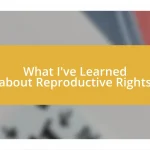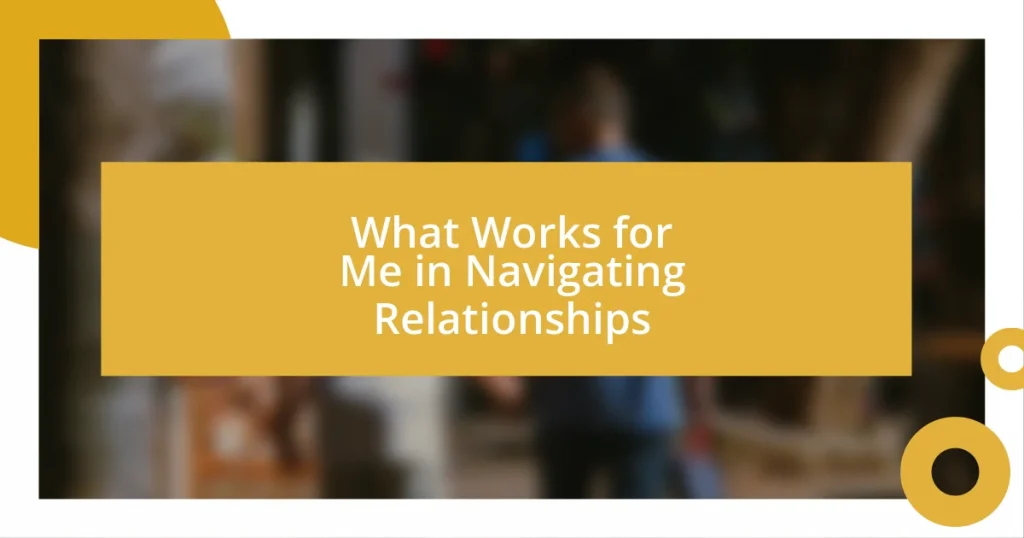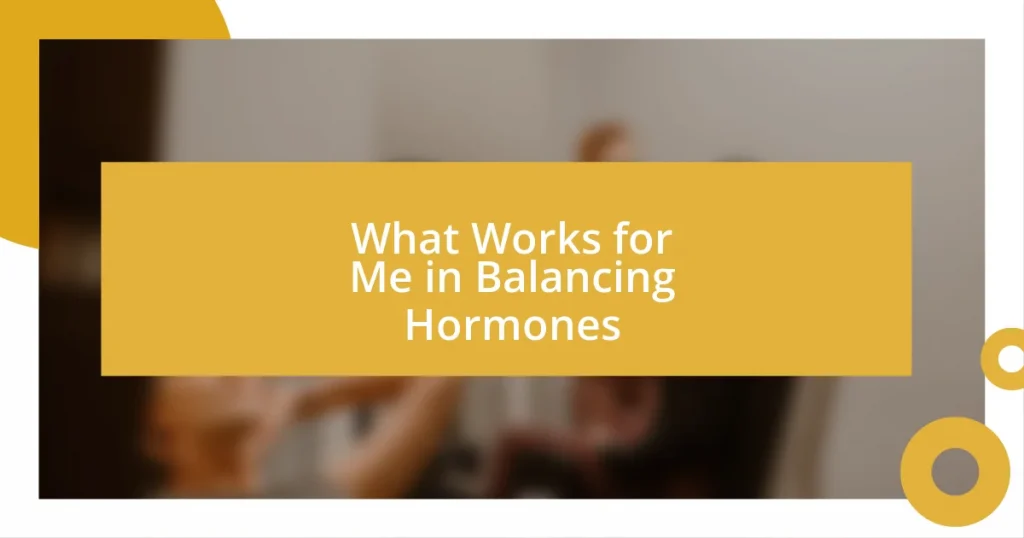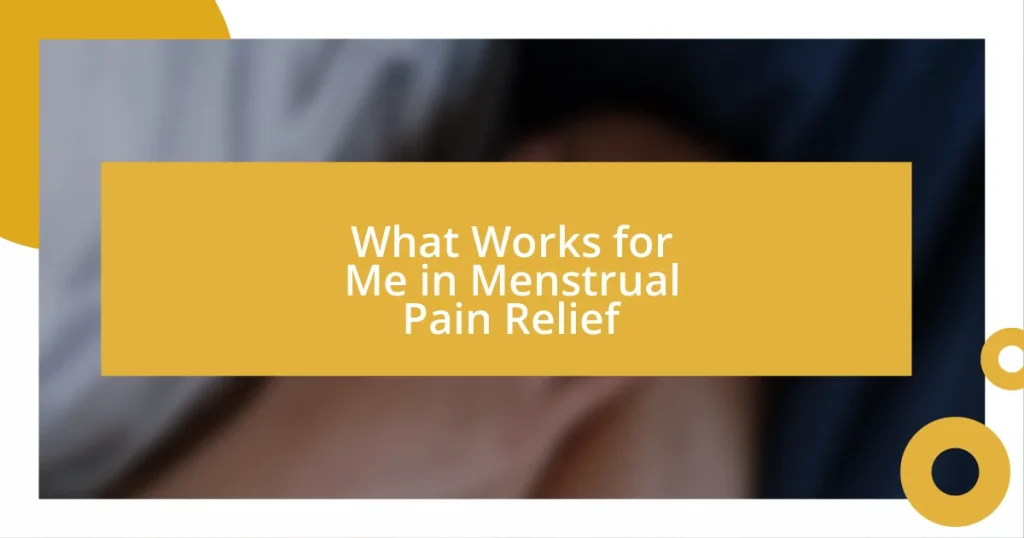Key takeaways:
- FMLA provides job-protected leave for eligible employees facing significant life events, requiring 1,250 hours of work in the past 12 months and employment at a company with 50+ employees within a 75-mile radius.
- The application process involves notifying your employer, completing necessary forms, submitting documentation, and following up for approval, emphasizing the importance of clear communication and documentation during the process.
- Common misconceptions include the belief that FMLA only applies to medical issues, guarantees paid leave, or is a one-time notification, highlighting the need for ongoing dialogue and understanding of rights during the leave period.
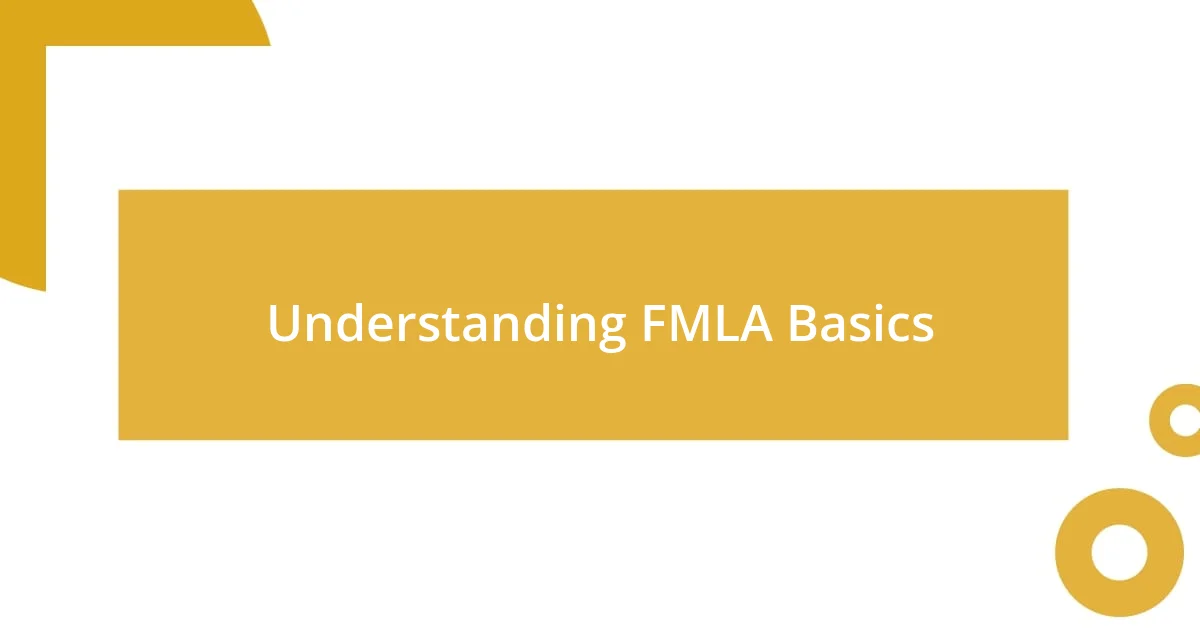
Understanding FMLA Basics
The Family and Medical Leave Act (FMLA) is designed to provide job-protected leave for eligible employees facing significant life events, such as a serious health condition or taking care of a loved one. I remember the first time I heard about it; a colleague took time off to care for her ailing parent, and I was amazed that she could do that without risking her job. It really made me think about how necessary such protections are in today’s fast-paced work environment.
Eligibility for FMLA can be a bit tricky. Employees must have worked at least 1,250 hours over the past 12 months and be at a company with 50 or more employees within a 75-mile radius. I vividly recall feeling overwhelmed when I was figuring out whether I qualified; I even questioned if my occasional late shifts would count against me. The intricacies of this law can be daunting, which is why understanding the details is crucial for employees.
It’s also important to note that FMLA leave can be taken for a variety of reasons—including childbirth, adoption, or dealing with a family member’s health crisis. I often wonder how many people are unaware of how beneficial this law can be. Reflecting on these moments makes me appreciate the freedom that comes with knowing there’s a safety net when life throws challenges our way.
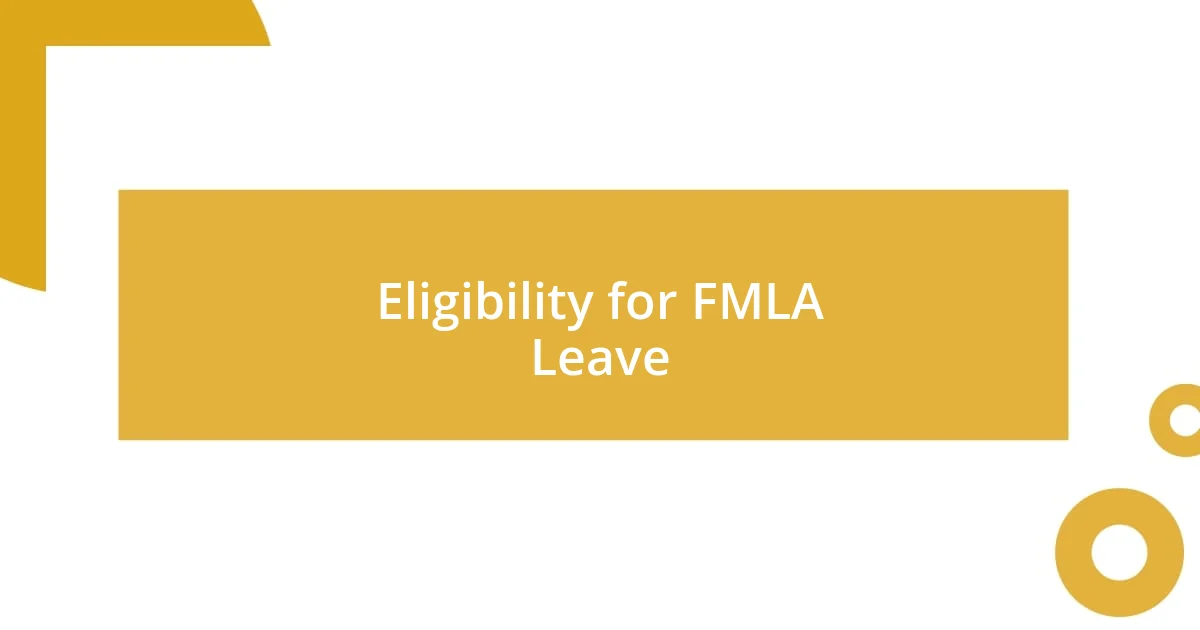
Eligibility for FMLA Leave
Eligibility for FMLA leave can sometimes feel like navigating a maze. I remember when I first aimed to take leave; the fine print left me puzzled. My friend shared her experience applying for FMLA; she had just put in her hours only to find out she fell short by a few. It highlighted how crucial it is to keep track of your worked hours and understand the requirements well in advance.
To qualify, your workplace must have 50 or more employees, and you need to be within a 75-mile radius of their locations. This seems straightforward, but I realized that many people work in small businesses that might not meet this criteria. One of my colleagues ended up disappointed after her application was declined because her employer didn’t have enough workers. Understanding these parameters can save you from heartbreak later on.
The 1,250 hours worked in the last 12 months can feel daunting, especially for those balancing multiple responsibilities. I remember talking with a friend who juggled several part-time jobs, and she worried about meeting that threshold—would all her hours from different gigs count? Knowing that full-time employees generally meet this criterion should provide some reassurance, but the path to FMLA leave is still a journey worth preparing for.
| Eligibility Criteria | Description |
|---|---|
| Length of Employment | Must have worked at least 1,250 hours in the past 12 months |
| Workplace Size | Must be in a company with 50 or more employees within a 75-mile radius |
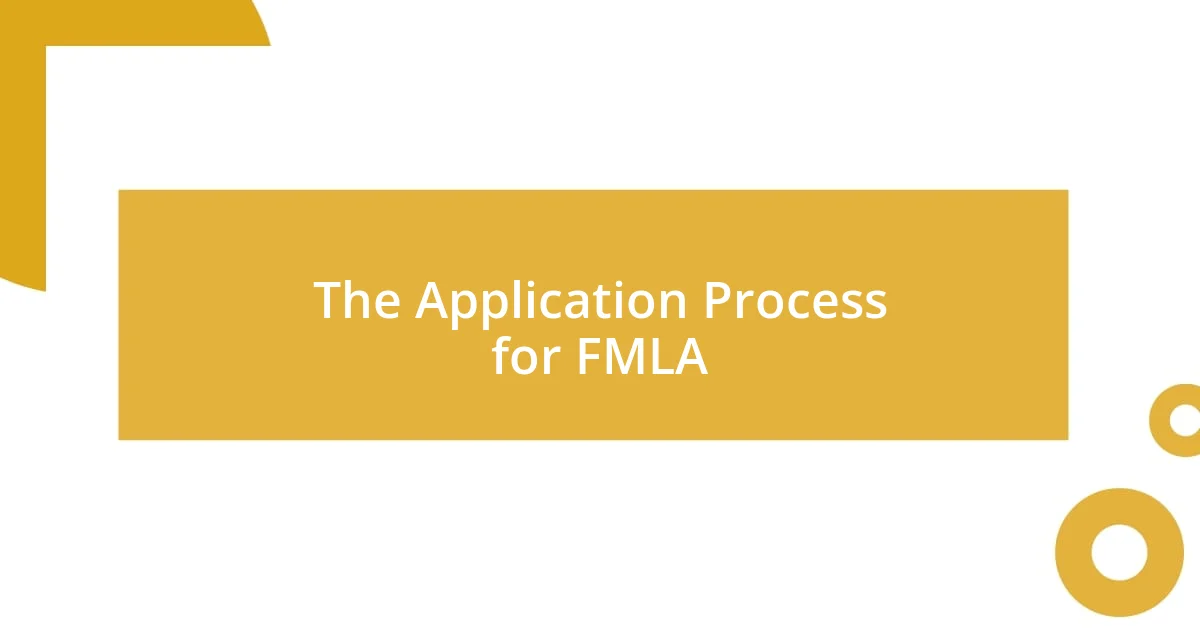
The Application Process for FMLA
The application process for FMLA can feel overwhelming at first, especially when you’re already managing stress from personal situations. I still remember the day I sat down to fill out the paperwork—I was frazzled and unsure of where to start. Gathering the necessary documentation can take time, and it’s easy to let that pressure mount. I found it helpful to approach it one step at a time, ensuring I had everything in order before submitting it.
Here’s a quick breakdown of the essential steps in the application process for FMLA:
- Notify Your Employer: Inform your supervisor or HR department at least 30 days prior to taking leave, if possible.
- Obtain Necessary Forms: Request the FMLA application forms from your employer, and make sure to get the medical certification if required.
- Complete the Application: Fill out the forms carefully. I double-checked mine, worried I might miss something critical.
- Submit the Forms: Hand in your completed application and any supporting documents to HR to formally start the process.
- Await Approval: After submission, expect a response within five business days. It can be nerve-wracking waiting, but I found patience to be key.
Being well-prepared can ease some of that tension, allowing you to focus on the important things—like recovery or caring for family.
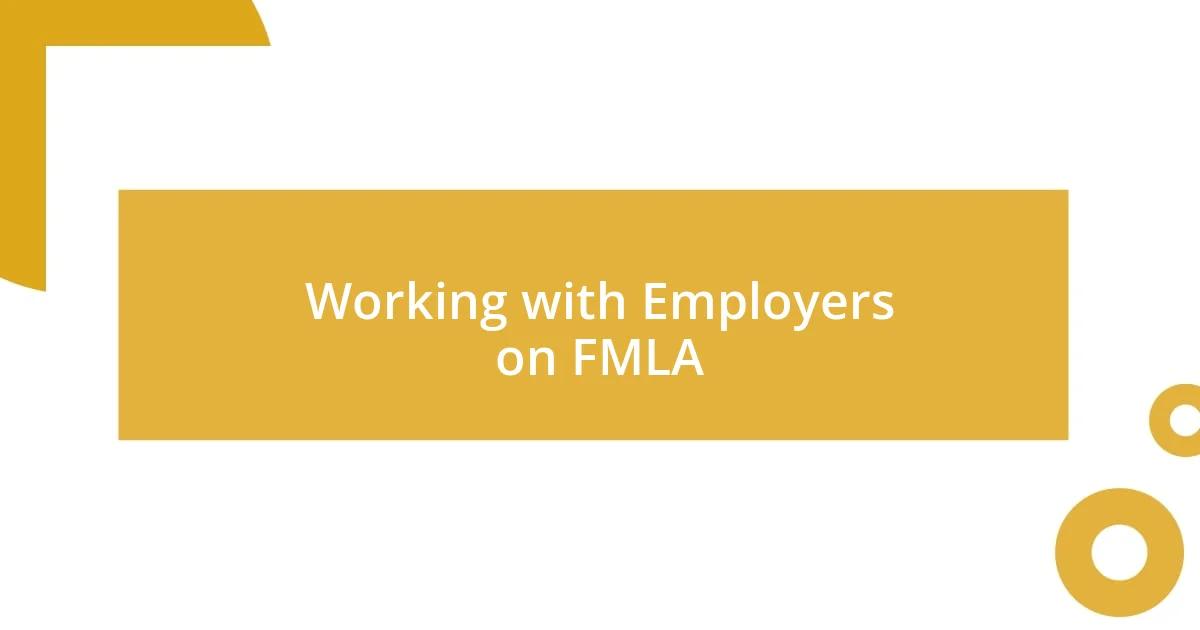
Working with Employers on FMLA
Navigating discussions with your employer about FMLA can be daunting, especially when emotions are running high. I remember nervously scheduling a meeting with my HR manager to discuss my upcoming leave. It felt intimidating to bring up my personal situation, but I learned that honesty often opens doors. Clear communication is essential; don’t hesitate to express your needs while remaining professional.
It’s also beneficial to document each conversation and any agreements reached. I started keeping notes during my meetings, which helped me remember key points and commitments. This proved invaluable when clarifying any misunderstandings later on. Have you ever faced confusion after a verbal discussion? Keeping records can realign everyone involved, ensuring that both you and your employer are on the same page.
One aspect of working with employers that I wish I had known earlier is the importance of being proactive about follow-ups. After submitting my FMLA application, I waited anxiously but didn’t reach out for updates. I realized later that checking in could have eased my mind and expedited the process. Keeping that line of communication open not only demonstrates your commitment but also fosters a collaborative relationship with your employer during a critical time.
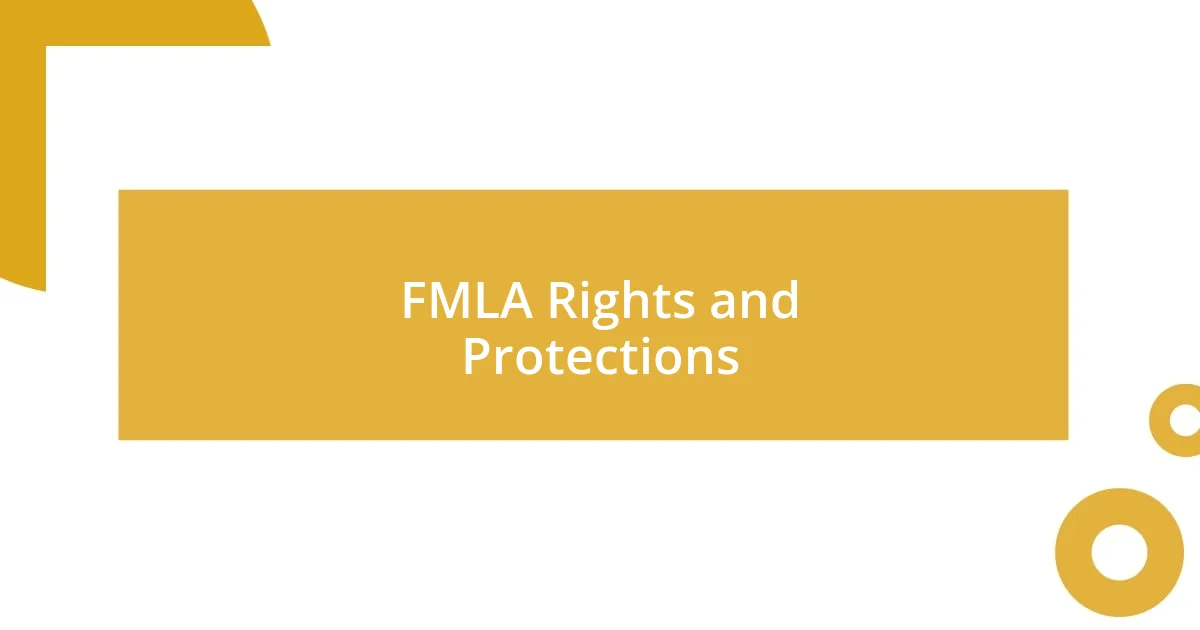
FMLA Rights and Protections
FMLA offers vital rights and protections tailored for employees facing qualifying events like serious health conditions or family emergencies. What often surprised me was the breadth of these protections—further supports like job security and the continuation of health insurance coverage while you’re out. It’s more than just time off; it’s about safeguarding your position and ensuring you don’t lose out on healthcare when you most need it.
During my own FMLA experience, I learned that it’s crucial to understand that your employer cannot retaliate against you for taking qualified leave. This realization was liberating! I was initially worried about how my absence would affect my job, but knowing that I was protected allowed me to focus on recovery without that nagging anxiety. Have you ever felt hesitant about asserting your rights? Embracing these protections can feel empowering, enabling you to prioritize your health without fearing the consequences at work.
Another important aspect of FMLA that people often overlook is the need to understand the notification process. I remember feeling overwhelmed by the requirement to provide medical certification when I applied for leave. While it felt like an additional hurdle, it’s a standard procedure that helps protect both employee and employer interests. By realizing this early on, I was able to navigate the discussions without dread, and I recommend approaching these conversations with clarity and confidence. Understanding your FMLA rights is the first step in securing the support you deserve.
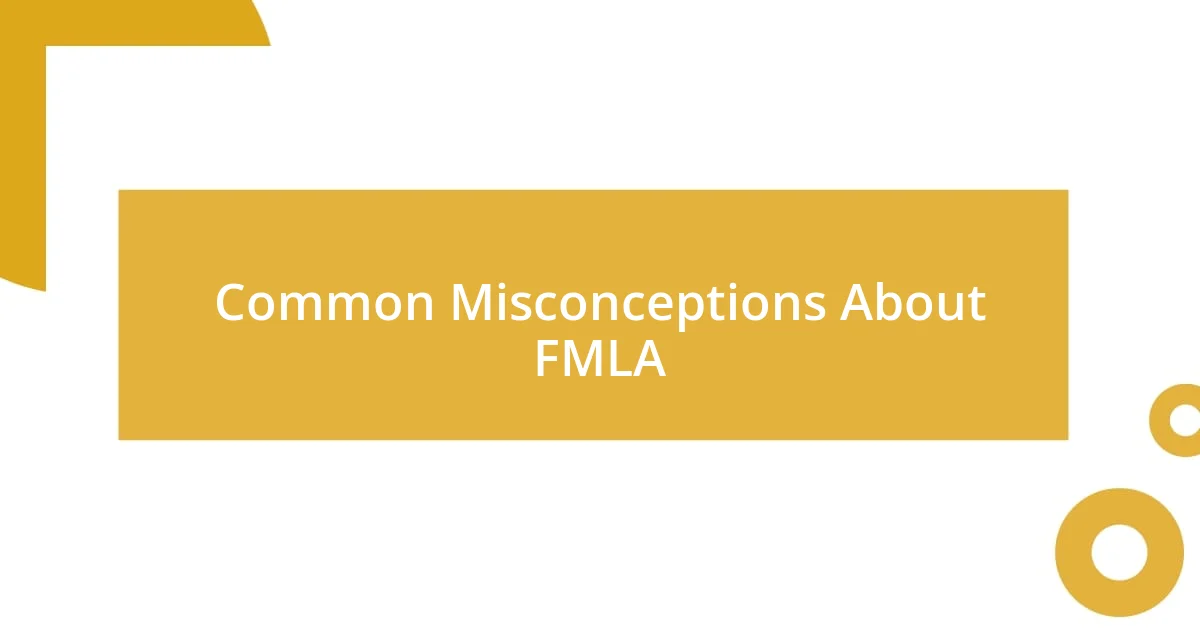
Common Misconceptions About FMLA
A common misconception about the Family and Medical Leave Act (FMLA) is that it only applies to medical circumstances. In my experience, many people don’t realize that FMLA also covers situations like caring for a newborn or addressing a family member’s serious health condition. This misunderstanding can lead individuals to miss out on critical protections simply because they assume their situation isn’t eligible. Have you ever thought your family obligations didn’t warrant leave? It’s an eye-opener to discover that FMLA is designed with broader scenarios in mind.
Another frequent myth is that FMLA guarantees paid leave. I vividly remember feeling relieved to learn that while FMLA provides job protection, it does not mandate paid leave. This realization hit hard, as I had expected my paycheck would continue uninterrupted. Instead, I had to plan financially for the time off. Have you confronted the reality of unpaid leave before? Preparing in advance for this aspect can prevent stress when you really need to focus on your recovery or caregiving.
Finally, many believe that once an FMLA application is submitted, it’s a one-and-done situation. That couldn’t be further from the truth. I initially thought that simply informing my employer of my leave would suffice, but staying engaged throughout the process proved vital. For instance, I learned that regular updates about my health and any changes in my situation not only demonstrated my commitment but also helped keep my employer in the loop. It’s crucial to remember that communication during FMLA leave is a two-way street, and it can create a supportive environment that benefits both parties. Isn’t it reassuring to know that there’s room for ongoing dialogue?
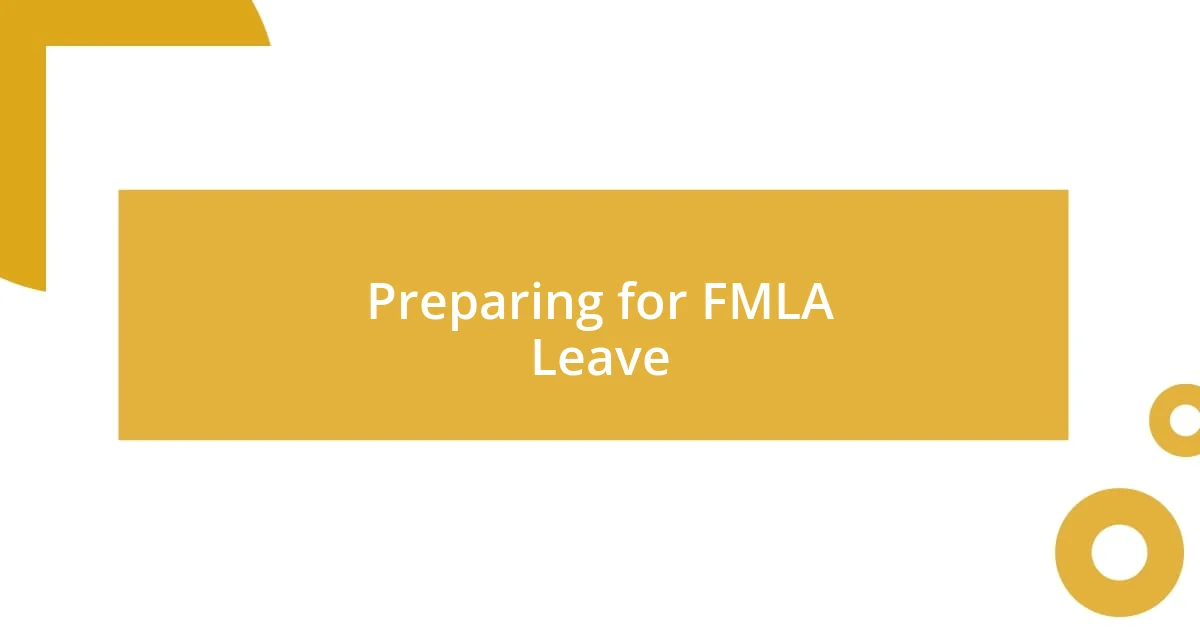
Preparing for FMLA Leave
Preparing for FMLA leave can feel daunting at first, but I found that taking a few proactive steps eased my anxiety. I started by gathering all the necessary documentation, including medical records and certification forms. Investing time upfront not only helped clarify my needs but also made conversations with HR far less stressful. Have you ever undergone a similar experience where preparation made a significant difference?
It was during my first encounter with HR that I realized how essential it is to communicate openly. Approach this discussion with your employer clearly and confidently. I remember feeling a wave of relief when I openly expressed my situation; it fostered a respectful dialogue that paved the way for smoother arrangements during my leave. Have you thought about how transparency can enhance these conversations? I can personally attest to its transformative power.
Lastly, creating a transition plan before your leave can be incredibly beneficial. I coordinated with my team about my projects and delegated responsibilities to ensure everything continued to run smoothly while I was away. Not only did this put my mind at ease, but it also reinforced my colleagues’ support. If you can lay the groundwork for your absence, I promise that your return will feel much less overwhelming. Wouldn’t it be comforting to know you’ve set the stage for a smoother comeback?






